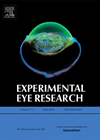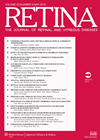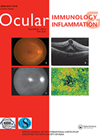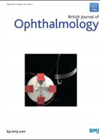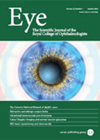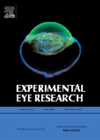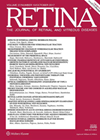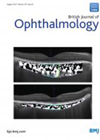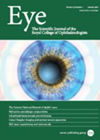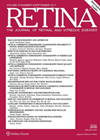
Journal Reviews
ABCA1 mediates lipid efflux in the retina
Age-related macular degeneration (AMD) is the leading cause of blindness in the elderly population. There are two forms of AMD, dry and wet, the latter so named because of the presence of choroidal neovascularisation. Both forms lead to retinal pigment...
ANGPTL-4 inhibition reduces inflammation in diabetic retinopathy
Diabetic retinopathy (DR) is the most common cause of blindness in working-age humans, and numbers are rising due to increased cases of type 2 diabetes (T2D). T2D is associated with increased obesity and dyslipidaemia, which is a major risk factor...
OCTA use in CNV associated with CSR
The aim of this study was to assess the rate of choroidal neovascularisation (CNV) in chronic central serous chorioretinopathy (CSR) patients with flat irregular pigment epithelial detachments (PEDs) by optical coherence tomography angiography (OCTA). Data of all consecutive patients with...
Safety and outcome of microincision vitreous surgery in uveitis
This paper reports the outcomes of microincision vitreous surgery (MIVS) 23G/25G in uveitis of 103 patients (106 eyes) who underwent diagnostic MIVS over a period of four years at the Advanced Eye centre in Chandigarth India. The postoperative evaluation included...
Effectiveness and Safety of Dexamethasone implants for post surgical macular oedema including Irvine-gass syndrome
This is a retrospective, multicentre, uncontrolled, consecutive case series from Lyon, France between April 20111 to June 2014, with minimum of one year follow-up. The clinical features including the best corrected acuity (BCVA), central subfield macular thickness (CSMT) and intraocular...
Management of giant retinal tears with vitrectomy and perfluorocarbon liquid postoperatively as a short-term tamponade
The authors report an eight year retrospective case series study of 30 eyes of 29 patients with who underwent a giant retinal tear-related retinal detachment repair. M: F ratio was 23:6. Right to left eye ratio was 16:14. The mean...
Somatostatin protects retinal pericytes
Diabetic retinopathy (DR) is a complication of diabetes, caused by high blood sugar levels damaging the retinal microvasculature. Mechanisms, such as oxidative stress and deposition of advanced glycation end products, leads to glial cell activation and neuronal apoptosis. Pericytes, contractile...
Subfoveal choroidal thickness and PCV
This report studies the prognostic factors for visual improvement and the need for additional treatments at one year after the initial combination therapy of intravitreal ranibizumab injection or intravitreal aflibercept injection followed by PDT in eyes with PCV. Fifty-six eyes...
Systemic pharmacology of intravitreal anti-VEGF
This study aimed to evaluate and compare serum drug concentrations and plasma free-VEGF concentrations in patients with AMD, DME, or RVO receiving intravitreal injections of aflibercept, bevacizumab or ranibizumab. This prospective study enrolled patients from several offices of a single...
Conversion factors for fovea on / off detachments
This is a retrospective study of medical records in a single unit over a 14 year period from January 2001 – December 2014, of patients who converted from fovea-on to fovea-off rhegmatogenous retinal detachment (RRD). Ten cases were identified while...
Does bariatric surgery prevent progression of diabetic retinopathy?
The authors report a retrospective observational study of T2DM patients who underwent bariatric surgery between 2009 and 2015. Preoperative and postoperative weight, HbA1c, and annual diabetic retinopathy (DR) screening results were obtained from medical records. Patients with preoperative retinal screening...
FAZ measurement on OCTA
This paper aimed to test the AngioVue OCTAs reproducibility and interoperator concordance in evaluating the size of the foveal avascular zone (FAZ). The authors also investigated how the FAZs representation on the OCTA varied after metabolic activity. The right eye...

